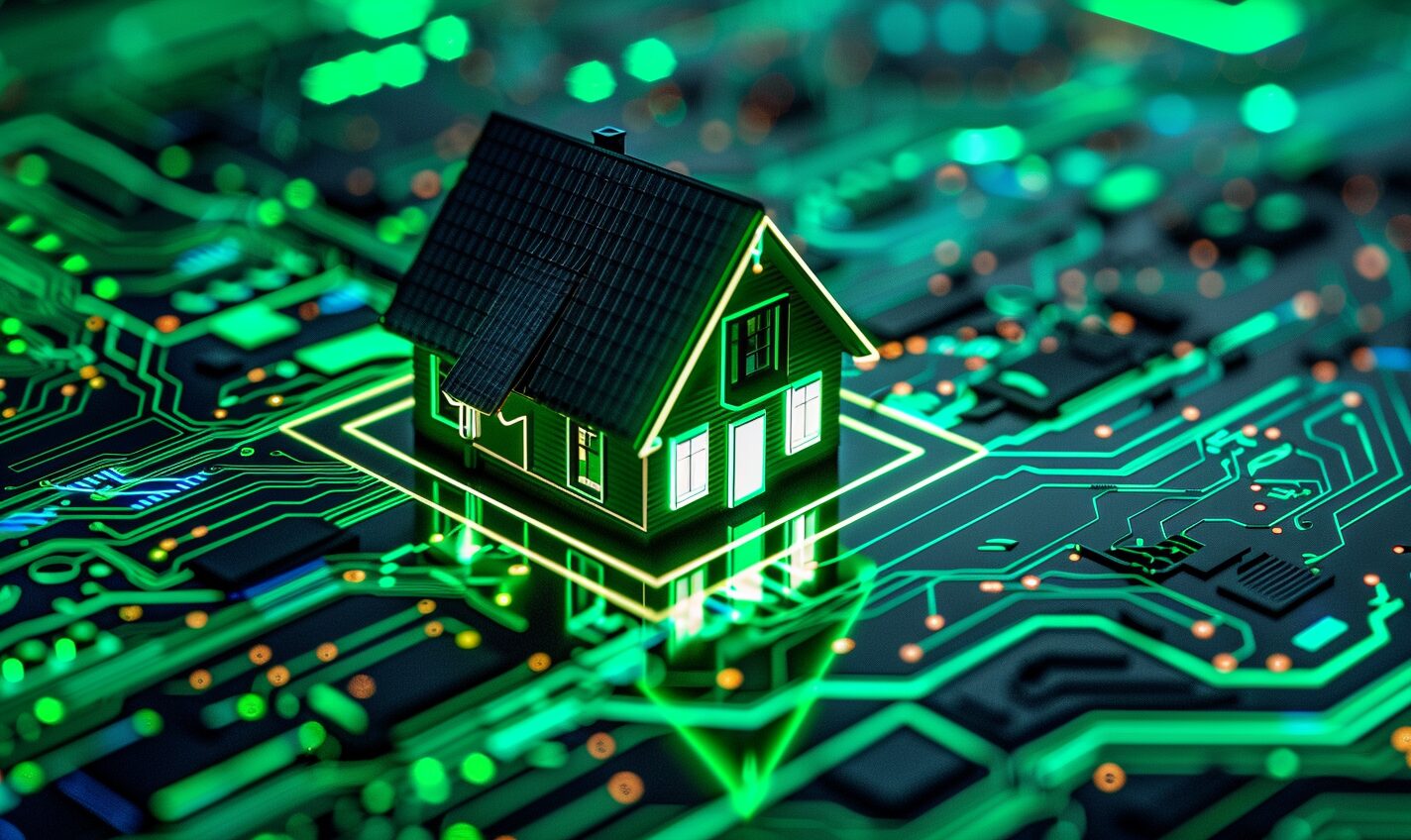In today’s digital world, the number of personal devices, whether it’s computers, smartphones or tablets, is increasing. Because of this reason, it’s become more necessary to understand cybersecurity basics to protect yourself from potential cyberattacks, such as hacks or data loss.
The information you store on your devices needs to be safe and kept out of the hands of malicious actors. Credit card information, social security numbers, banking accounts and medical history could all be stolen. As hackers find innovative ways to maneuver their way into your devices, cybersecurity should be prioritized.
Below, we’ll explore what cybersecurity means, how to protect yourself from cyberattacks and more.
What is Cybersecurity?
Cybersecurity is defined as the art of protecting data, networks and devices from unlawful access or illegal use. It’s a practice used to ensure the confidentiality, integrity and availability to access information.
Many of society’s institutions rely on computer systems and the Internet for many reasons. Both individuals and organizations should recognize the importance of protecting information stored across devices.
According to the Cybersecurity and Infrastructure Security Agency (CISA), a cyberattack occurs every 39 seconds. Many of these threats, 43% to be exact, target small businesses.
Common Cybersecurity Threats
So, if these cybersecurity threats are so frequent, what do they look like? What types of threats should you be looking for?
Let’s discuss some of the most common methods hackers use to access your sensitive information.
- Malware: Also known as malicious software or malicious code, malware is a program inserted into your computer and compromises data integrity, confidentiality, and availability. It can affect your computer, operating system, data and applications.
- Ransomware: This prevents or limits someone from accessing their device and demands you to pay a ransom to regain access.
- Spam: Unwanted, undesired or unsolicited messages or emails that contain links that typically lead to viruses.
- Phishing: This is a social engineering tactic where the attacker attempts to come across as a trustworthy person and lure someone into providing personal information.
- Distributed denial of service (DDoS) attacks: A DDoS attack makes services unavailable by flooding a network’s infrastructure with high amounts of Internet traffic. A DDoS attack may be used as a distraction while other hackers try to gain access to a network or device.
Understanding the specific types of attacks that can happen to you or your devices is critical. Identifying them can help you avoid becoming a victim, which has become all too common.
Protect Yourself: Best Cybersecurity Practices
So, what steps can you take to mitigate the risks of facing cybersecurity incidents? No one wants their personal, sensitive data being unlawfully accessed. Handling cybersecurity issues is no walk in the park, whether it’s a password to a social media account or something more serious.
Let’s explore ways to protect your data and exercise the best cybersecurity practices.
Online Safety Basics
It’s always suggested to follow basic online security practices when using your devices. This includes:
- Keep your devices’ operating systems, software and applications updated.
- Never leave your device unattended.
- Install antivirus software on your computer
- Use a complex password or password manager.
- Use multifactor or two-factor authentication (2FA) when possible.
- Back up your data on an external hard drive.
- Avoid clicking on links or emails from unknown senders.
- Monitor your social media and financial accounts for suspicious activity
Securing Accounts and Devices
Online accounts and digital devices can also be protected by adding extra layers of security. Below are some ways you can protect your personal accounts and devices from cyber attacks.
Secure Your Home Network
It’s suggested that you secure your home internet connection to prevent guests or outsiders from connecting to it. Unless you secure your router, you’re leaving an open opportunity for hackers to take advantage of your network. Always opt for a WPA2 connection, as it tends to be more secure than a WEP option. Make sure to check your router’s manual to see how else you can achieve enhanced security.
Use Secure Passphrases
It’s wise to use strong passwords for all your accounts and devices. You want to make it challenging for hackers to guess your passwords. Consider using special characters, numbers, capital letters for your passwords. Try your best not to use the same password for all of your accounts. This can make it even easier for hackers to gain access.
Posting on Social Media
It’s a good idea to use your best judgment when posting on social media. While it may seem like common sense, it’s best to avoid posting any sensitive information, such as your birthday, the year you were born, pet names, or where you live. Again, this is all identifiable information that can make it easier for hackers to access your accounts or devices.
Managing Your Privacy
Many applications nowadays have enhanced security measures in place to protect their users. This may require you to sign up for 2FA or link an email address to your account for safety reasons.
The National Cybersecurity Alliance (NCSA) has a resourceful webpage dedicated to providing you with specific privacy settings for many online services, such as e-commerce sites, dating apps, search engines, video conferencing and plenty more. Consider using that resource if you want to manage your privacy settings on any of those sites or apps.
Following these steps will help you stay protected from cybersecurity threats. The suggestions above are simple, and there are plenty of online resources you can find to give you more information about each one.
Who to Contact When you Experience a Cybercrime
If you follow the steps above, you are doing your best to deter hackers and prevent unlawful activity on your network and devices. However, it was mentioned above that hackers use more innovative, creative methods to access information and exploit it. This can make it more challenging to fend off would-be cybercriminals.
For example, hackers are now weaponizing artificial intelligence (AI) and using machine learning algorithms to supplement their efforts. As new technologies emerge, they will continue to use them to their advantage.
For this reason, if you do end up experiencing a cybersecurity issue, it’s best to report it immediately. Here are some ways you can report cybercrime to the proper government authorities:
- Contact the Internet Crime Complaint Center (IC3) to report the incident. They will take proper steps and contact federal, state or local law enforcement agencies.
- The Federal Trade Commission (FTC) will direct you to the right agencies to report a cybercrime.
- Econsumer.gov handles cyberattack incidents related to online shopping or e-commerce transactions carried out internationally.
- The Department of Justice (DOJ) will guide you through handling a cyber incident.
Hopefully, you feel more confident in your ability to protect yourself from experiencing a cyberattack. Follow the suggestions above if you’re looking to enhance your network and personal devices’ security.
Understanding Cybersecurity Basics
While cybersecurity may seem complex (and it can be), some of the actions above are simple and will help keep you safe online. Do your best to remain vigilant, keep an eye out for threats when using the Internet and keep your sensitive information out of the hands of cybercriminals.
Recent Stories
Follow Us On
Get the latest tech stories and news in seconds!
Sign up for our newsletter below to receive updates about technology trends














